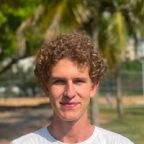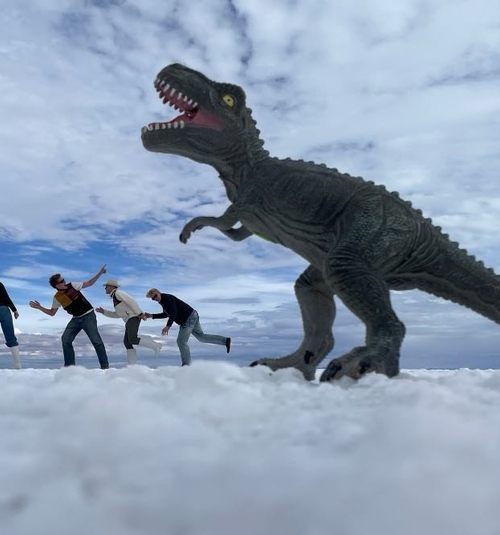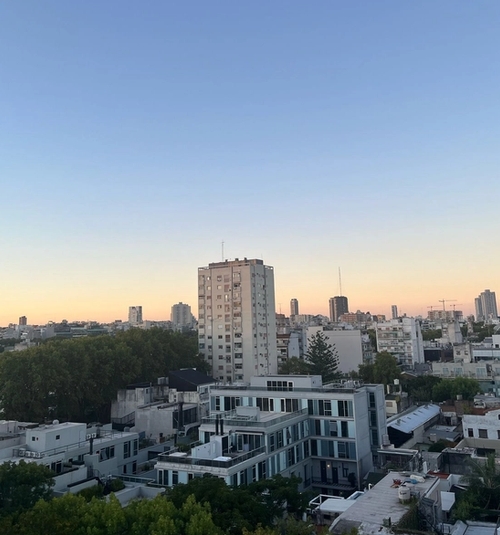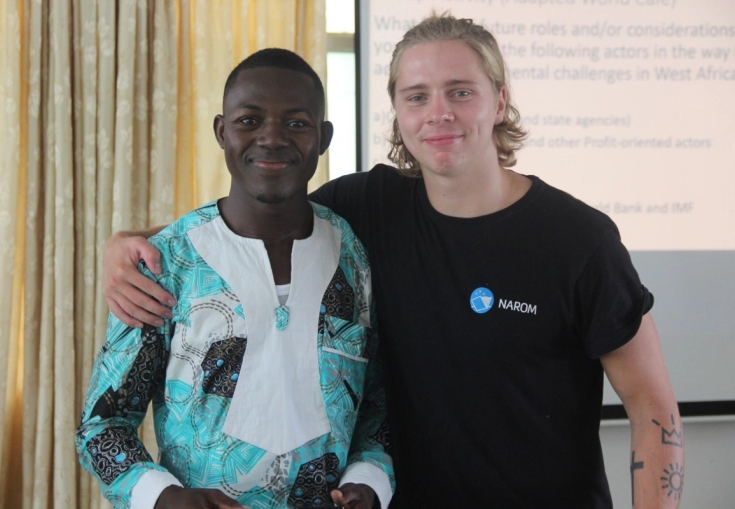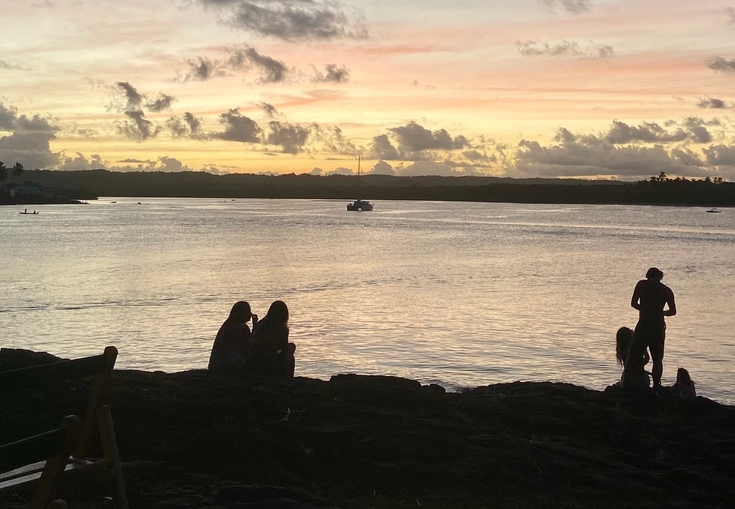
- Argentina
- Spanish in Argentina
- Spanish, philosophy and international politics in Argentina
- Power, Politics and Religion in Argentina
- Introduction to Spanish in Argentina
Traveling in Brazil: Opulent churches, no-surfin beach town trip, and pink dolphins
Read the report from Salvador, Itacaré, and the Amazon by Halvor, a former Kulturstudier student in Argentina and current exchange student in Rio de Janeiro.

This text is translated using AI.
View the original article here.Salvador is the capital of Bahia and is known as one of the country's most culturally rich cities.
The city was Brazil's first capital and grew rapidly as a result of the slave trade from Portuguese colonies in Africa.
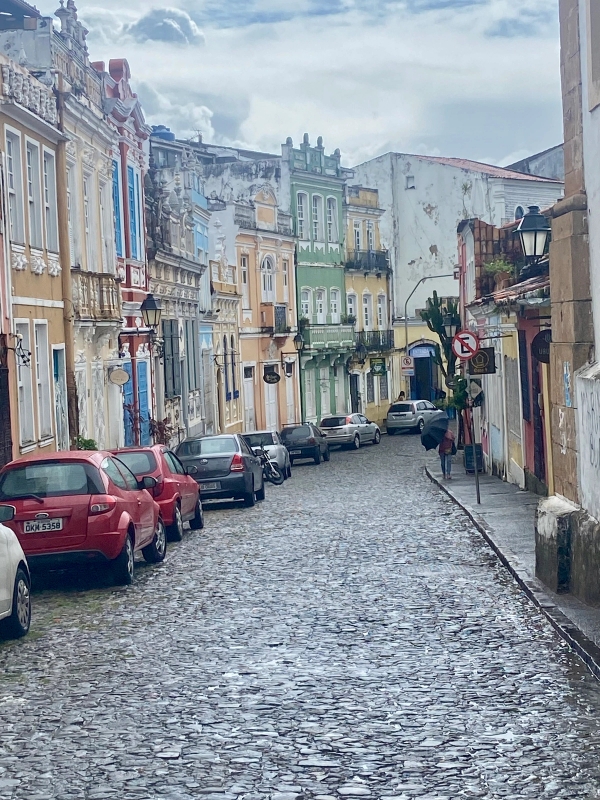
Salvador is known for its Afro-Brazilian culture, which influences music, dance, cuisine, and religion. The streets are full of life, and the colonial architecture is marked by a bygone era.
I arrived in Salvador in the afternoon and took a motorcycle taxi to Pelourinho – the historic center. There I was met by a Finnish friend, and we took to the streets and experienced colorful and traditional architecture.
In addition to its colonial buildings from the 17th and 18th centuries, the city offers a large number of churches. Salvador was the religious center of colonial Brazil, and therefore there is an exceptionally large number of them.
The Church of São Francisco, which is probably the most lavish, is among other things covered with gold leaf and detailed wood carvings.
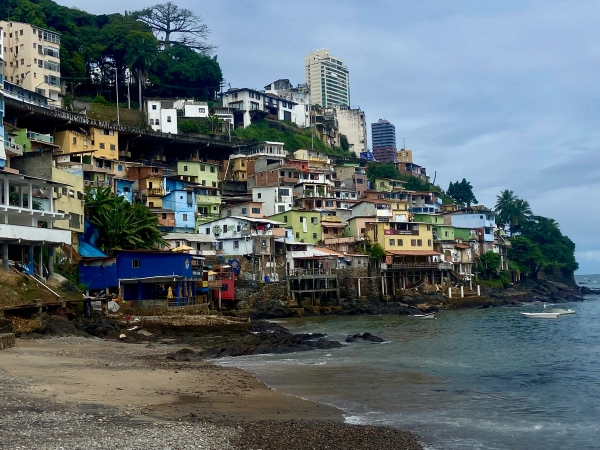
We visited several churches and learned about how they symbolized both beauty and the sacred, as well as power and colonial control.
We were in Salvador for two days before we continued to Itacaré, a small beach town five hours south by bus. We checked into a hostel, dropped off our bags, and went straight out to surf.

We rented boards for the entire stay, but were simply very unlucky with the weather. It rained every day, but this made the moments of sunshine all the more enjoyable. We got to try Moqueca, a really good fish dish from the region, and saw porpoises in the fjord.
After three nights, we jumped on a bus heading towards the airport; we were actually continuing on to the Amazon.
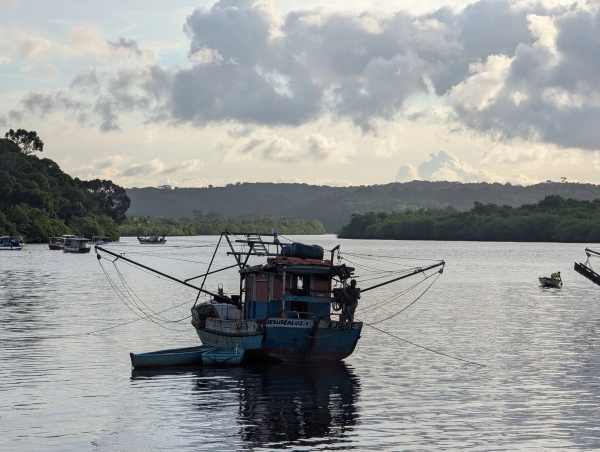
The flight from Salvador to Manaus was unnecessarily long – we had a layover in São Paulo and consequently flew a couple of hours south and then a couple of hours north. We landed at half past two in the morning and to our great surprise, we were picked up by the company we had booked the Amazon guide with.
The driver took us to our hotel and came to pick us up again in the morning. Then he drove us to the boat. A somewhat strange arrangement, but I certainly won't complain.
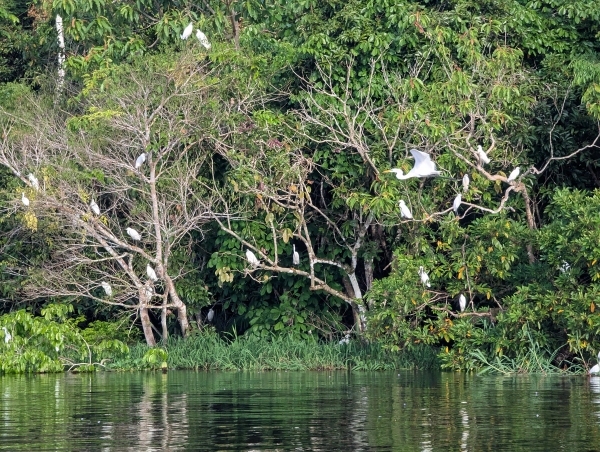
The boat took us a couple of hours into the rainforest, and we ended up at Ipanema Lodge – a beautiful place along the Amazon River. The sun was shining, the river sparkled, and the temperature tipped over 30 degrees. The water felt wonderful on the skin, and there was nothing else to fault the swimming opportunities except for the crocodiles 20 meters away.
It was high tide and the river stood eight meters higher than during the dry season. High tide makes it possible to paddle quietly among the trees in the forest, and the rainy season is therefore optimal for seeing various animals.
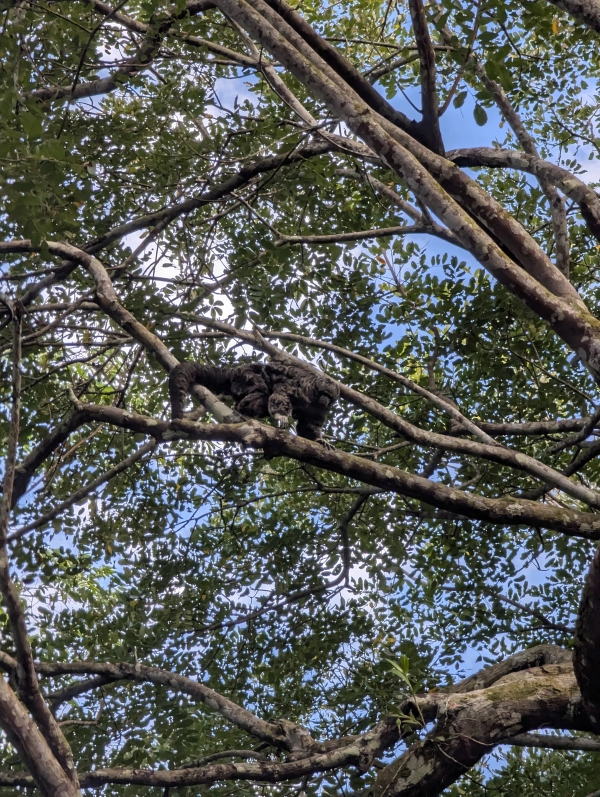
We saw three types of monkeys, sloths, toucans, pink dolphins (and "regular" dolphins), and crocodiles, among other things. On the second night, we spent the night in a hammock in the forest.
When we arrived at the camp, we immediately started making a large bonfire, we made bowls and cutlery from palms, before we grilled, ate, and fought off mosquitoes for the rest of the evening.
After a somewhat tough night in the hammock, it was time for breakfast and a morning walk. It was interesting to learn about the traditional uses of the various plants and insects. However, the coolest thing was probably seeing tarantulas in their natural habitat.

We spent three nights in the Amazon and two nights in Manaus, the capital of the region.
The stay in the forest was a delightful break from the daily noise and rush, and the lack of coverage made the mobile phone completely unnecessary.
After half a year in Rio de Janeiro, this was simply a long-awaited return to nature.

